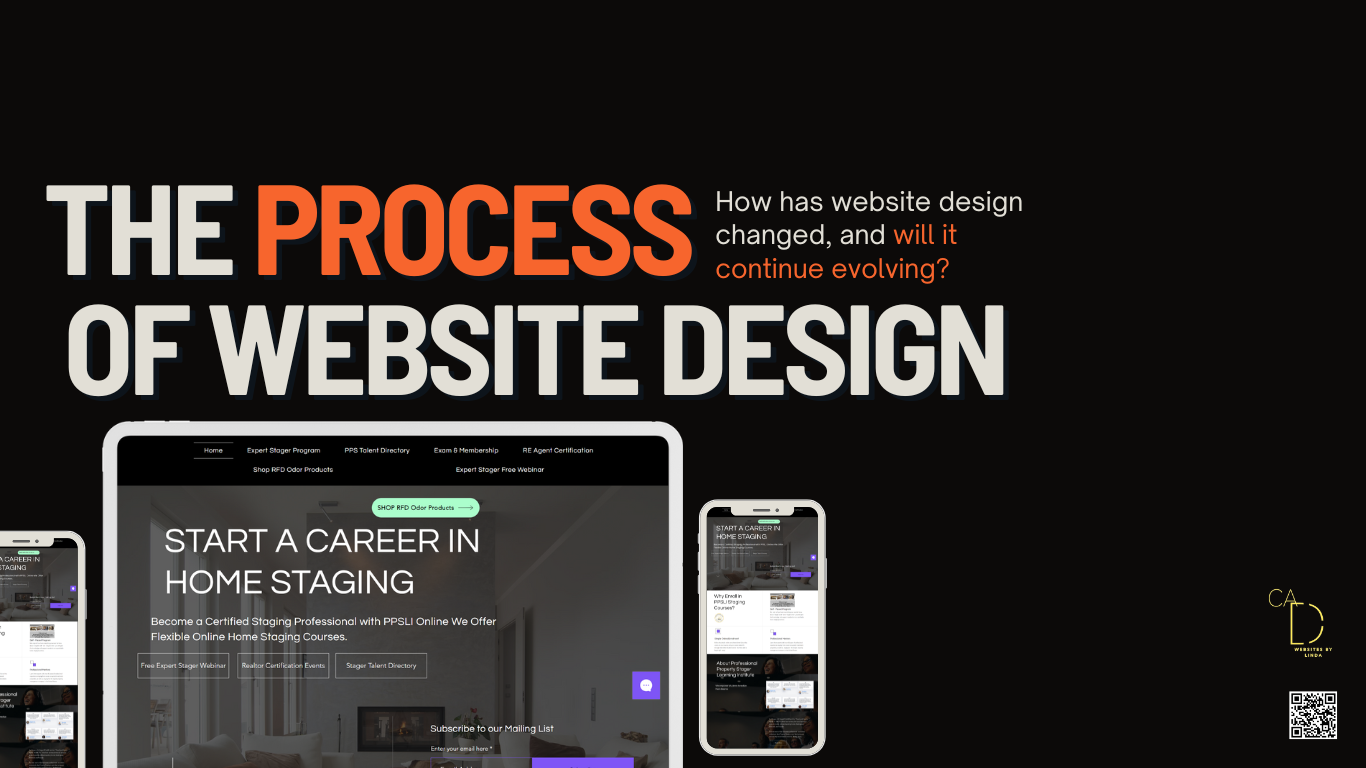

Customization and Flexibility: While templates provide a basic structure, they often offer enough flexibility for customization. Users can modify colors, fonts, layouts, and add unique content to make the site distinct.
Grid-Based Design and Layouts: Utilizing grid-based designs and layouts for organizing content in a structured, yet visually appealing manner.
Web Design Trends: Evolve with technological advances and changing user behaviors.
Dynamic Content: Keeps websites fresh with content that changes based on user behavior or other factors, enhancing relevance.
Green Web Design: Focuses on energy-efficient and sustainable practices.
Central Theme: The image will revolve around a modern, sleek web design interface, symbolizing the cutting-edge techniques in web design.
Voice-Activated Interfaces: Integrating voice-activated interfaces for hands-free navigation and accessibility, catering to users with mobility or visual impairments.
Omnichannel Web Design: Creating a consistent and seamless user experience across various channels and platforms, including web, mobile, and physical spaces.
Future Outlook Crystal Ball: An interactive, animated crystal ball that, when clicked, reveals predictions and trends in web design, complete with animations and futuristic sound effects.
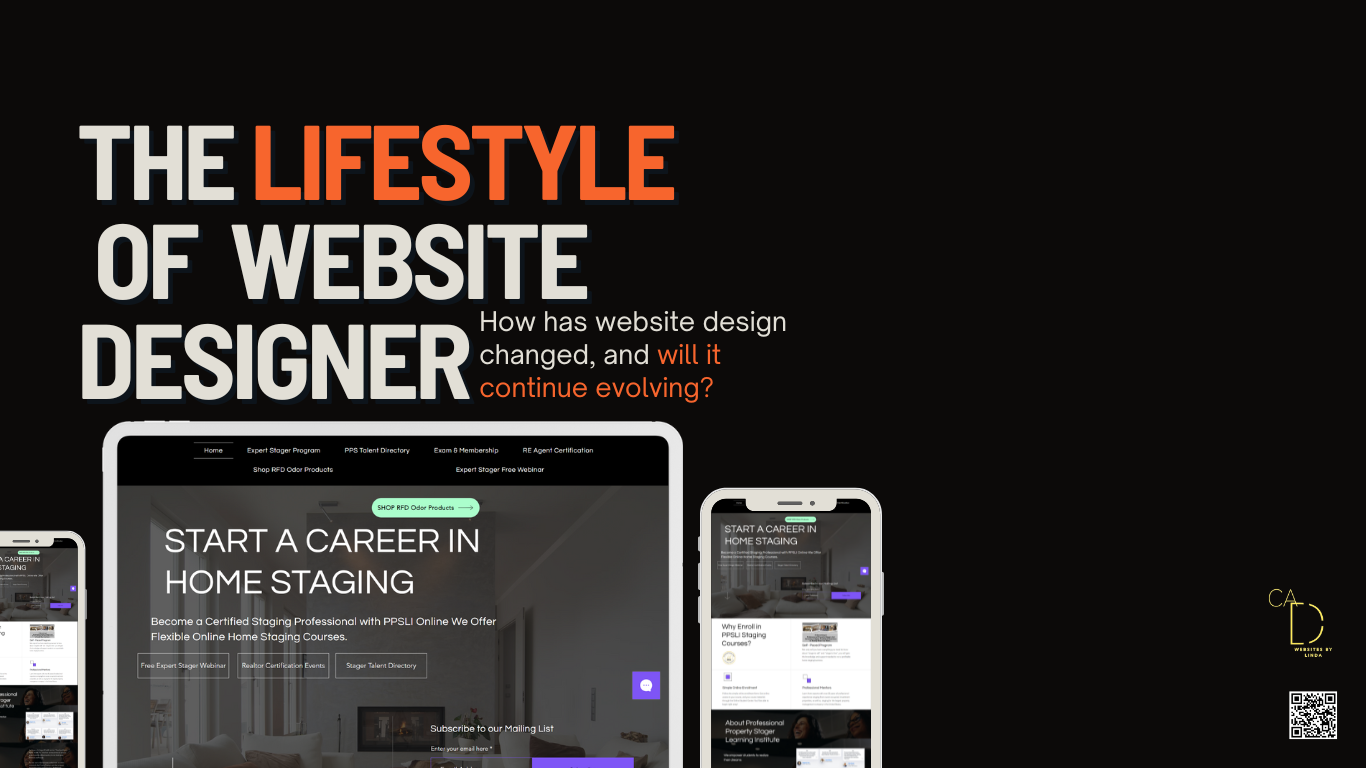
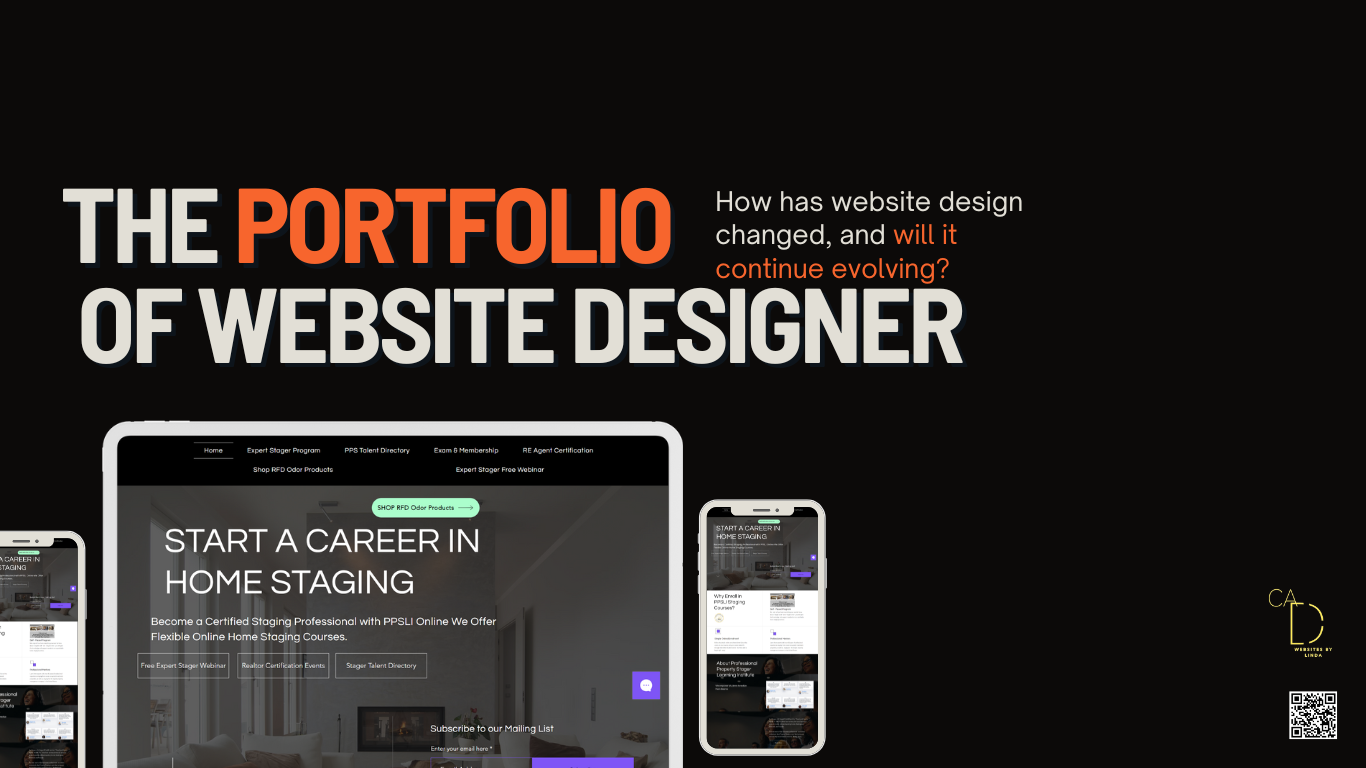
Ethical Web Design: Emphasizes socially and environmentally responsible design choices, aiming to promote positive change.
Webflow Utilization: A segment showing the Webflow interface, illustrating the ease of designing custom, responsive websites.
Generative Art and Design in Web: Employing generative art techniques, where design elements are algorithmically generated, offering unique and dynamic visual experiences.
Microcopy and UX Writing: Focusing on microcopy and UX writing to guide users effectively through the website, enhancing clarity and user experience.
Augmented Reality in Educational Web Design: Utilizing AR in educational web design to provide interactive and immersive learning experiences.
Future-Proof Technologies: Adopting scalable and flexible technologies for longevity and relevance.
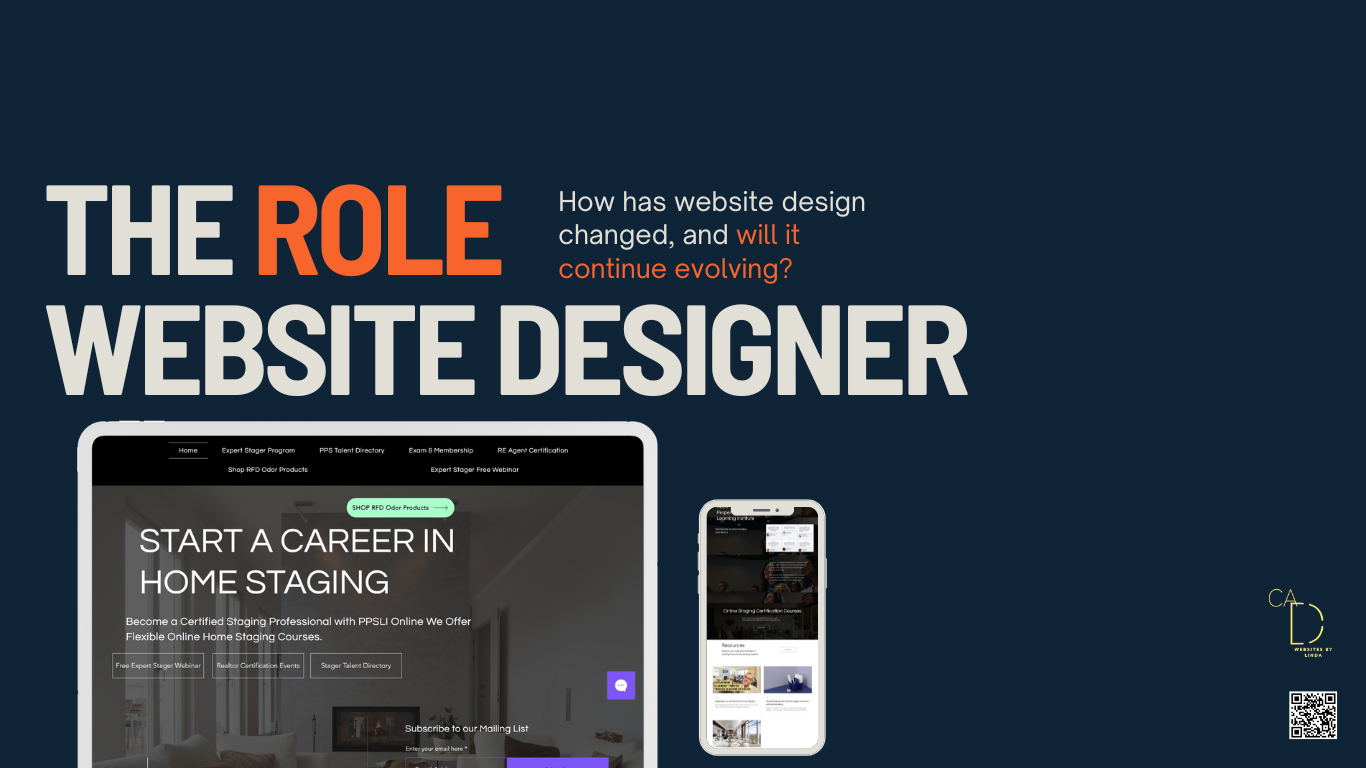

Dark Patterns in Design Ethics: Addressing the use of deceptive design choices that manipulate user behavior, emphasizing ethical design practices.
Zero UI/No Interface Design: Exploring the concept of Zero UI, where the interface becomes invisible or non-traditional, relying more on gestures, voice, or context for user interactions.
Cinematic Techniques in Web Storytelling: Employing cinematic techniques in web storytelling, using visuals, pacing, and narrative structures to create compelling digital stories.
Interactive Web Storytelling Experience
3D Modeling and Rendering in Web Interfaces: Integrating 3D modeling and rendering into web interfaces for more realistic and engaging visual presentations.
Creativity vs. Usability: Striking a balance between innovative design and practical user needs.
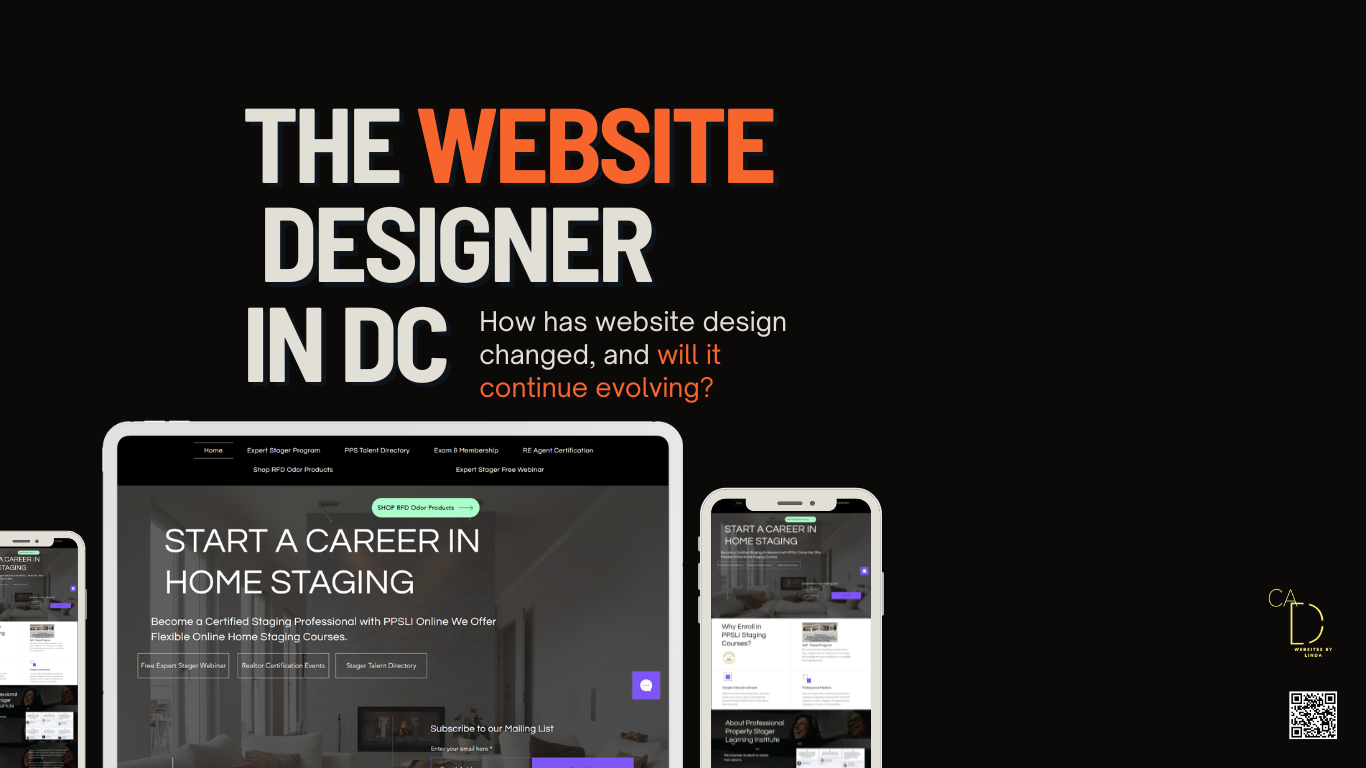
Hourly Rate Reasonably skilled freelance web designers make about $75 per hour. This figure can vary, though, according to CSS-Tricks. Website Builder Expert estimates that the cost to design a website is $30 to $80 per hour, while the cost to actually develop the website is $100 to $180 per hour.
A web designer creates the layout and design of a website. In simple terms, a website designer makes a site look good. They use design programmes to create visual elements and usually have expertise in user interface (UI), which means they strategically design a site that's intuitive and easy for visitors to navigate.
Google Web Designer is a free software tool available for download on both Windows and Mac computers. It does not have any subscription plans or pricing tiers, and users can access all of its features and functionality at no cost.